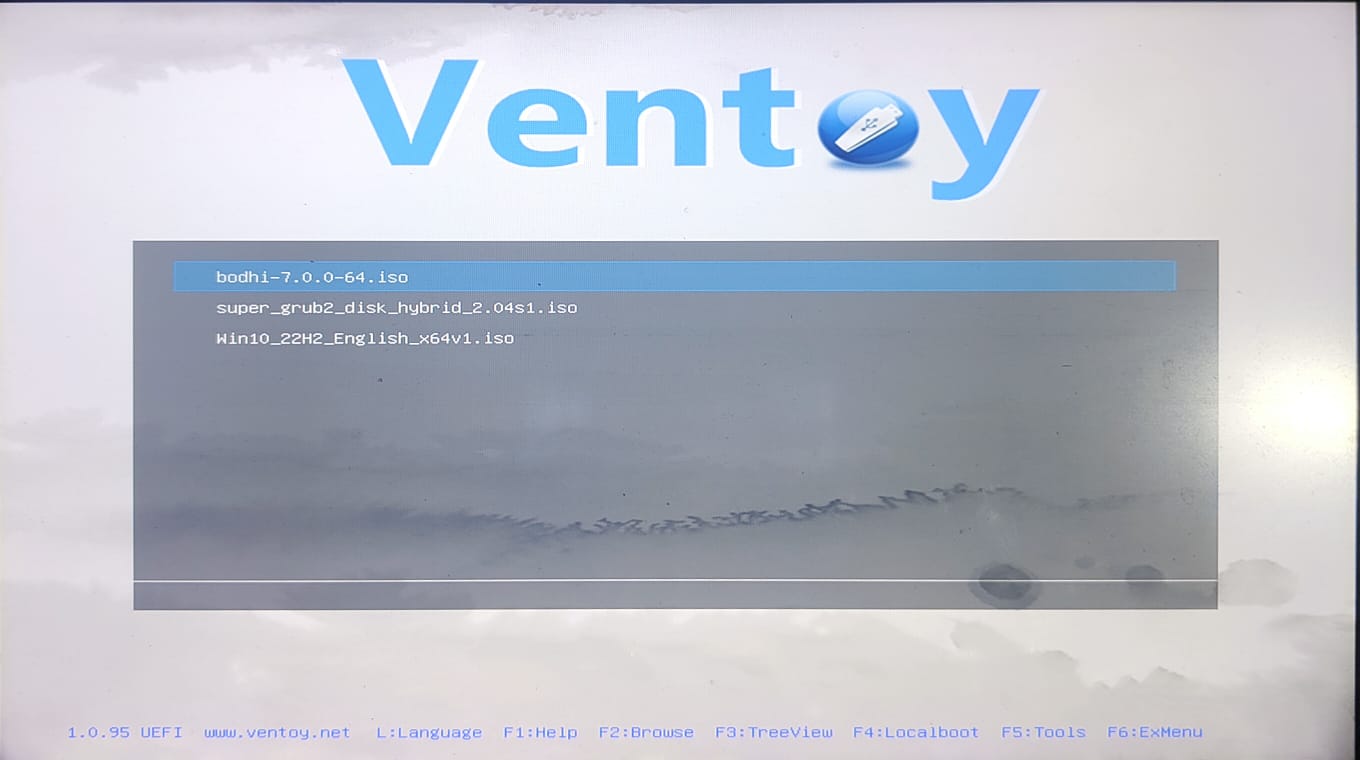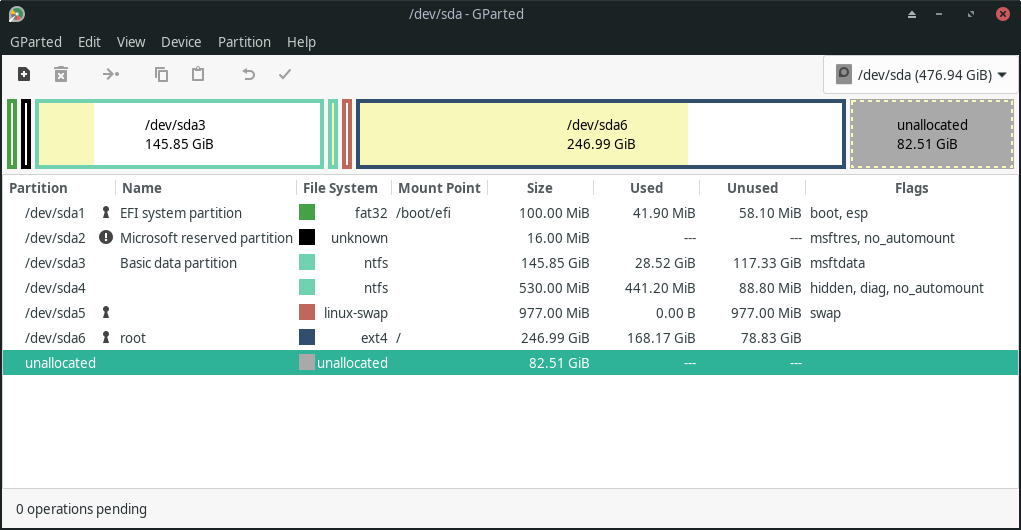Fixing Grub
Recently I upgraded my friend’s college laptop I was using for interviewing as I didn’t have a job and I borrowed his laptop. I wanted to return the favour by upgrading his laptop to ssd.
I got a 512GB ssd installed from a computer repair shop. He also installed a fresh copy of windows on the ssd and put the existing hdd to an external drive using a case. I would have enjoyed to upgrade and transfer data it myself but I was short on time and I did not have the tools either. Sometime later I want to build myself a PC for gaming and programming stuff.
I was running manjaro linux that I had installed in a new partition. I couldn’t afford to reinstall it on the ssd and configure it for days, after-all I had to return the laptop soon. I wanted the same os as it is on the ssd, so I needed to copy the root partition and update the efi partition on the ssd.
I am writing this to keep a record for future as I have had to repair grub and efi partition multiple times, also I actually understood some of the tools that are used for booting stuff.
I used PartitionWizard to copy the partition (246 GB) to the ssd which was taking almost 3 hours when I had connected the external hdd to a usb2 port I cancelled it and restarted it by connecting it to the usb3 port which took a slightly longer than 1 hour. Now I needed to modify the efi partition to load grub with boot options.
I tried to directly load manjaro using grub2 disk image. But it didn’t give manjaro option. I knew I would have to rebuild the grub using a live disk. I downloaded bodhi linux (1.3) gb using torrent with avg speed ~ 9 MB/S and transferred it to usb with speed 4 MB/S. I use ventoy to boot multiple images with a single usb drive.

I tried to rebuild the grub using update-grub and grub-install but no luck. I gained understanding of some linux commands while doing this - chroot, mount, umount, lsblk, blkid, fdisk, used to handle partitions and drives. I also learned about the contents of the efi partition - it is mounted on the location /boot/efi. Mainly it contains directories under a directory EFI - EFI/Boot, EFI/Manjaro, EFI/Microsoft. The Boot directory probably contains grub bootloader that appears on boot and the other OS directories contain bootx64.efi files which load the os. Ugh, too much os stuff, I wonder will it help me make a living in future?
Eventually I came across boot-repair which worked like a charm and did the job. https://www.baeldung.com/linux/boot-repair-live-medium
Finally the partitions look like this
